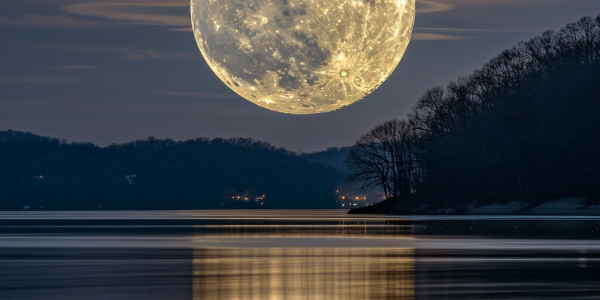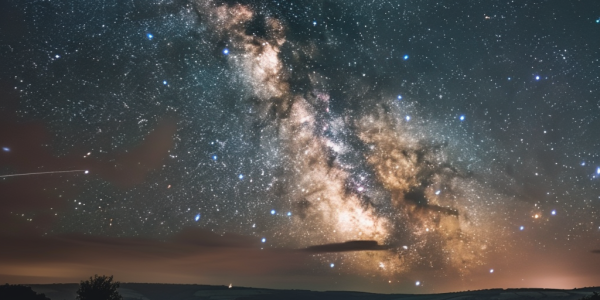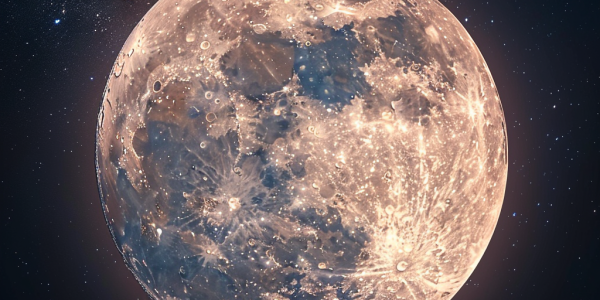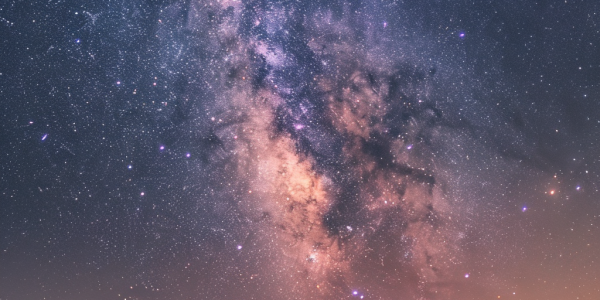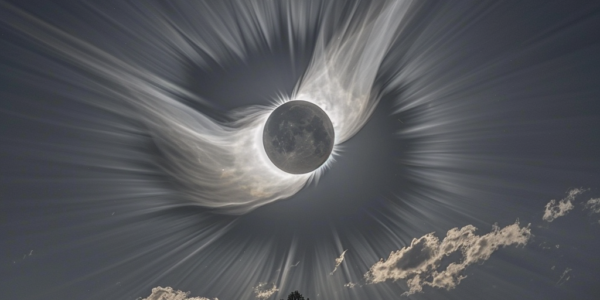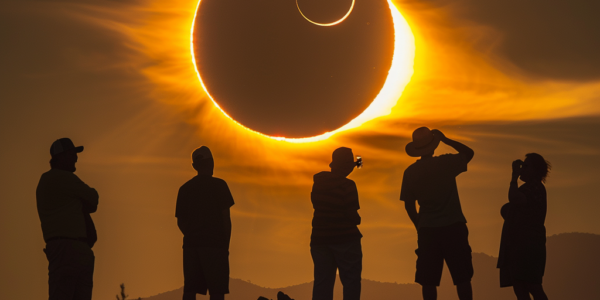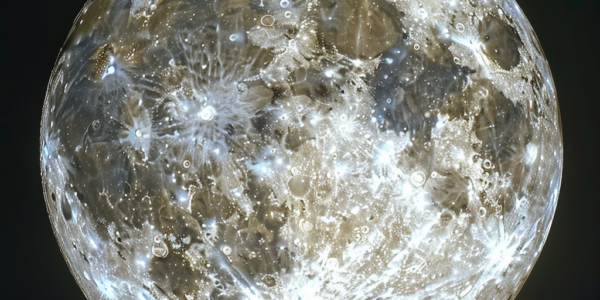Celestial Spectacle: Cold Moon, Jupiter, and Geminid Meteor Shower Highlight December 2024
From December 13 to 20, 2024, skywatchers can enjoy the Cold Moon, Jupiter’s brilliance, and the peak of the Geminid meteor shower. Highlights include the Moon’s close encounter with Uranus and the visibility of asteroid 15 Eunomia. Despite the bright Moon impacting meteor visibility, stargazers are encouraged to prepare for a week of celestial wonders.
December’s Cold Moon to Illuminate Florida Skies on December 15, 2024
Get ready for the Cold Moon on December 15, 2024! This final full moon of the year promises a stunning display for stargazers in Florida. Peak illumination occurs at 4:02 a.m. EST, just days before the winter solstice. Discover the significance of the Cold Moon, its names rooted in Native American traditions, and the perfect weather for viewing this celestial event.
Final Supermoon of 2024 Set to Illuminate the Night Sky on November 14
Get ready for the last supermoon of 2024, the Beaver Moon, on November 14. This celestial event offers a stunning display as the moon appears larger and brighter, perfect for photography and stargazing. Don’t miss the chance to witness this astronomical spectacle along with the annual Leonid meteor shower. Clear skies and local events will enhance your experience, making it a memorable night for skywatchers.
Study Links Full Moon to Increased Wildlife-Vehicle Collisions
A Texas A&M University study reveals a 45.8% increase in wildlife-vehicle collisions during full moon nights compared to new moon nights. Conducted by Kentaro Iio and Dr. Dominique Lord, the research highlights the need for heightened driver awareness and could influence future transportation policies. By analyzing a decade’s worth of data, the study underscores the correlation between lunar phases and wildlife activity, emphasizing the importance of tailored safety measures in different regions of Texas.
Celestial Wonders Await: Stargazing Events in 2024
Get ready for an exciting year of celestial events in 2024! From meteor showers to super moons, Oklahoma stargazers can look forward to spectacular sights, including the Perseid Meteor Shower and the passing of comet Tsuchinshan-ATLAS. Discover the best viewing times and locations to fully enjoy the wonders of the night sky.
June 2024 Strawberry Moon to Illuminate Night Sky
The June 2024 full ‘strawberry moon’ will illuminate the night sky, reaching its fullest phase at 9:07 p.m. Eastern time on Friday, June 21. Moon enthusiasts can witness the unique celestial display as the moon rises exceptionally low in the sky, providing a delightful sight for stargazers. The term ‘strawberry moon’ originates from the short strawberry harvesting season in northeastern North America and is a popular nickname embraced by various Algonquin tribes. NASA explains that the reddish tint observed in the June full moon is due to sunlight passing through more atmospheric layers at higher latitudes, similar to a red sunrise or sunset.
Upcoming Pink Moon of April 2024 to Grace Night Sky with Mars and Saturn
The upcoming Pink Moon of April 2024, set to appear on April 23, offers stargazers a chance to witness Mars and Saturn in the predawn hours. Full moons vary in timing based on location, with the Pink Moon reaching its peak at 7:49 p.m. EDT in the eastern U.S. Observers in cities like London, Chicago, and Paris will experience the full moon at different local times. Named after pink flowers, the Pink Moon in the constellation Virgo presents a captivating sight for sky gazers, best viewed with binoculars or a small telescope on the night of April 23.
2024 Total Solar Eclipse: A Celestial Spectacle
Get ready for the celestial spectacle of a total solar eclipse on April 8, 2024. Skywatchers across the world will be captivated as the moon passes between the Earth and the sun, casting a shadow on the Earth’s surface. The total solar eclipse is anticipated to begin at approximately 10:15 AM EDT and will progress across North America, providing a breathtaking view for onlookers. Observers within the path of totality will experience a surreal moment as the sky turns dark, and the stars and planets become visible in the daytime sky. Whether planning a trip to a prime viewing location or observing from your own backyard, the 2024 total solar eclipse promises to be a remarkable experience for all who gaze skyward.
America Gears Up for Rare Total Solar Eclipse on April 8, 2024
Get ready for the total solar eclipse on April 8, 2024, visible in parts of Mexico, Canada, and 14 U.S. states. Make sure to have solar glasses for safe viewing!
2024 Full Moon Calendar: Dates, Times, Types, and Names
Explore the 2024 Full Moon calendar, including dates, times, types, and traditional names associated with each month’s Full Moon. Discover the phases of the Moon in February 2024 and the moonrise and moonset schedule for the week. Learn about the unique characteristics of the February Full Moon, also known as the Snow Moon, and its astronomical significance. Plus, get insights into the constellation Auriga and its stunning star clusters, offering stargazing enthusiasts an exciting celestial observation opportunity.



